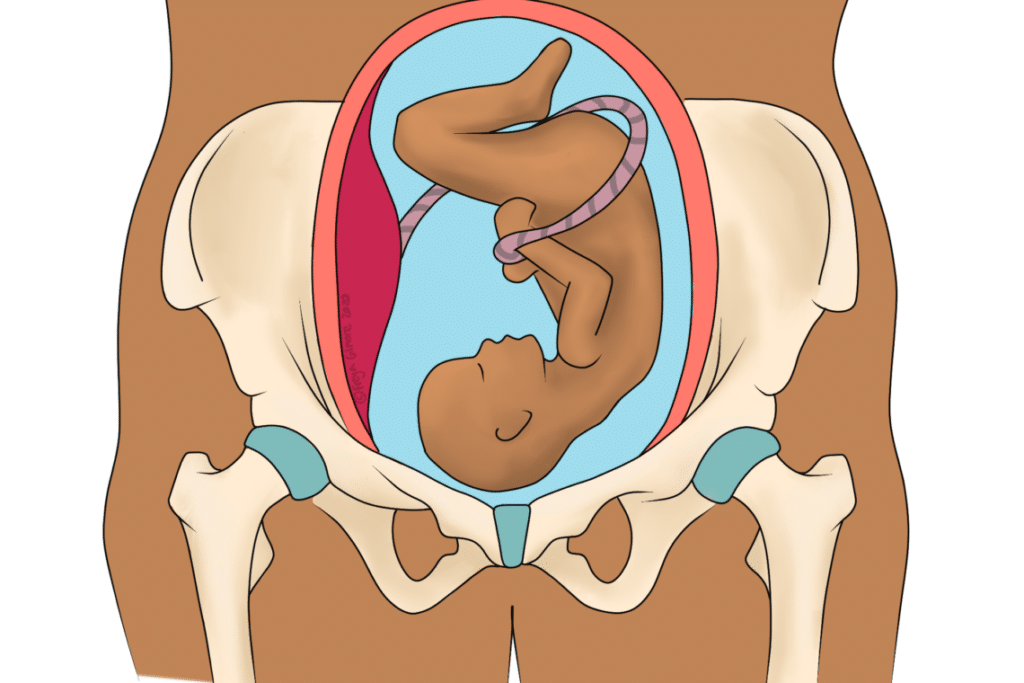

SPD stands for Symphysis Pubis Dysfunction. The pubic symphysis is the big joint in the centre of the front of the pelvis. During pregnancy, it can become unstable and painful due to a combination of factors.

From early on in pregnancy, the body begins to produce the hormone relaxin. Its role is to relax the ligaments around the sacrum (base of the spine). This bone needs to move a lot to allow the baby to make its way down the birth canal during labour. This additional mobility combined with postural changes to accommodate a growing bump can put a high demand on the joints of the lower back and pelvis. Symptoms may be more prevalent when other areas of the body are not moving as well as they should. In these cases, the compensation is not spread evenly over the body, and instead becomes focused over a smaller area.
A broader term associated with SPD is PGP. This refers to pain at the back of the pelvis too. It often goes hand in hand with SPD as the pelvis is like a ring, and changes in one part tend to affect the others.
The SIJs are the joints at the back of the pelvis. They are the point at which the spine meets the pelvis, and some people have a dimple over the joint. For some people, they take a lot of the pressure from the changing body in pregnancy. This might manifest as lower back or buttock pain when walking, sitting to standing or vice versa, and turning over in bed. Sometimes symptoms can also be similar to sciatica, when the pain is referred down the thigh and lower leg. Unlike sciatica, this pain is less of a shooting pain and may be more of a deep ache.
If any of the joints in the pelvis are overloaded in pregnancy, your osteopath will look at the pelvis as a whole, and its relationship with the rest of the body. Sometimes the lower back becomes stiff, maybe due to the deeper curve caused by the bump. Whatever the reason, we will work to ensure that the whole body is moving well, with the intention of taking pressure off the pelvis. Beyond treatment in clinic, you will also be given advice and exercises where appropriate.
Beyond the discomfort of SPD, allowing the condition to progress may hinder your options at birth. Severe cases can be further aggravated by positions where the legs are open wide. We want to start treatment before your case becomes severe, so if you feel any discomfort in the pubic symphysis at all, book an appointment via the link below.
As hormone levels return to normal after birth, most cases of SPD and PGP begin to calm down naturally. However some people are left with symptoms long after birth, and are often inclined to “just get on with it”. As with cases during pregnancy, we can assess the whole body mechanics and look for the factors involved in these longer term cases too.